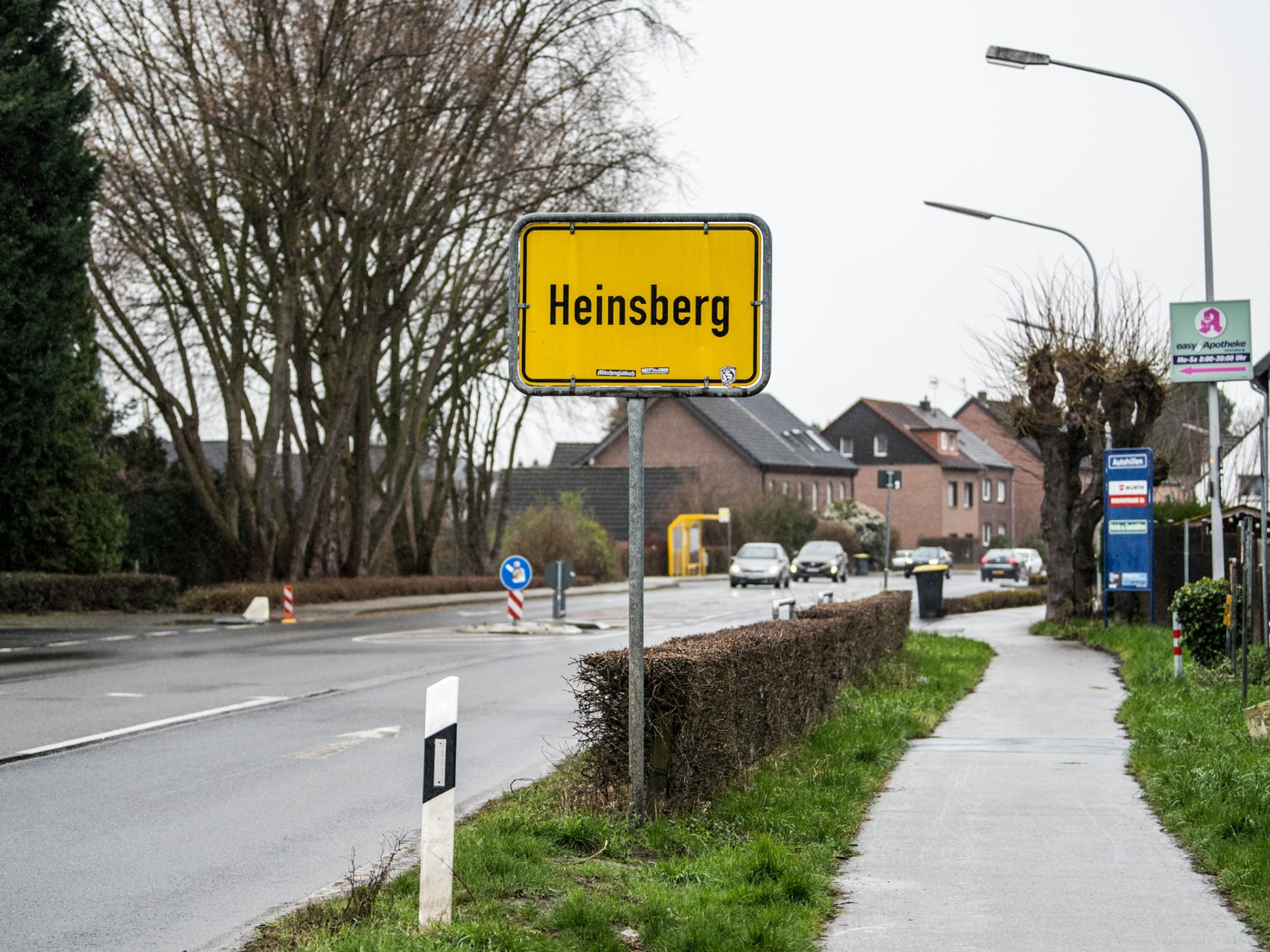
The Spanish Flu of 1918 was one of the worst pandemics in history, eventually killing 50 million people worldwide.
The virus hit in three waves, with the second during the fall of 1918 specifically spelling devastation on US soil.
Cities across the country shut down churches and schools, required residents to wear masks, and erected makeshift hospitals to help fight the disease.
A century before the coronavirus disease — known as COVID-19 — dominated the global consciousness, another deadly virus rampaged across the world.
Researchers have since established that the Spanish Flu of 1918, now known as H1N1, originated from an avian strain that mutated to be able to infect humans. The flu's symptoms resembled those a cold's. Patients would sometimes present with a liquid that would pool in their lungs and eventually suffocate them.
The influenza virus eventually killed 50 million people across the globe, and including 675,000 Americans, the equivalent of 225 to 450 million people today, as CBS News reports.
But cities across the country, from St. Louis to San Francisco, implemented measures in an attempt to fight the contagion head-on.
From fresh-air treatments to gargling saltwater, here are some of the precautions that public health and city officials took when the Spanish Flu ravaged the US in 1918 and 1919.
The contagion was dubbed the Spanish Flu for its believed origin in Spain. However, the exact origin is still unclear — some have suggested France, China, or the US.
Source: Business Insider
There were three waves of the Spanish Flu, but the second bout of the disease was especially catastrophic for the US in the late summer of 1918.
Source: History
It was brought by World War I soldiers returning home from Europe, and as the men dispersed to their respective home cities or stations, the contagion burgeoned across the country.
Source: History
There wasn't a vaccine for the virus, so the primary precautions that local and state governments took were banning public gatherings and shutting down schools, churches, and movie theatres.
Source: Business Insider
Military personnel was told to gargle saltwater as a preventive measure against the contagion, since the virus was thought to be spread by nasal and throat mucus.
The US had funneled most of its resources into World War I efforts, so additional funding was passed to hire healthcare workers, such as nurses, to help with the outbreak.
Source: NBC Bay Area
Mask-wearing was widely adopted in the US.
Cities mandated that residents wear masks at all times, a requirement that lasted well after quarantines ended in some locales.
Source: Variety
Law enforcement, like the 1,700 officers within the Boston Police Department, were given masks to wear while on duty.
Cities like San Francisco took that advice to the next level, even writing a law around it. If a person was caught without a mask in public or even wearing it improperly, they were arrested or fined.
San Francisco was lauded for its proactive response to the virus, but city officials relaxed their restrictions following the fall of 1918. After the third wave in the spring of 1919, San Francisco ended up with some of the highest death rates of the flu in the US.
Source: CBS News
Though some studies conducted later on found mask-wearing was not as effective as previously believed in containing the outbreak.
San Francisco was eventually one of the worst-hit US cities, but Philadelphia was hit hard early on because of a lack of social distancing efforts.
Source: History
Cities like St. Louis, Missouri, were more proactive in initially addressing the spread of the flu by enforcing social distancing early on, a feat that proved useful in stunting the spread of the flu.
The city's health commissioner quickly called for schools and movie theatres to close and for public gatherings to be banned after an outbreak was found at a military barracks nearby.
As infections grew by the thousands, volunteer nurses treated residents in their homes.
The precautions that St. Louis took helped the city in "flattening the curve," but the Missouri city was hit hard when the flu returned the following spring in 1919 in what would be the third wave of the flu, just as San Francisco was.
City buildings and venues across the US were converted into hospitals and treatment sites, like Oakland's Civic Auditorium to accommodate the growing number of cases grew.
A makeshift flu hospital was set up in San Francisco's Civic Center to help care for infected patients.
Another practice that officials, specifically in Massachusetts, believed to be effective was "fresh air treatments."
Source: The Boston Globe
Some public health officials believed that fresh air counteracted the spread of the virus, so some events like court proceedings were held outside.
The idea was that the ventilation provided by fresh air would help in curing the disease, which was believed to be spread through respiratory mucus.
Source: The Boston Globe
Walks and breaths of fresh air were also encouraged to help stave off infection.
Read the original article on Business Insider







































